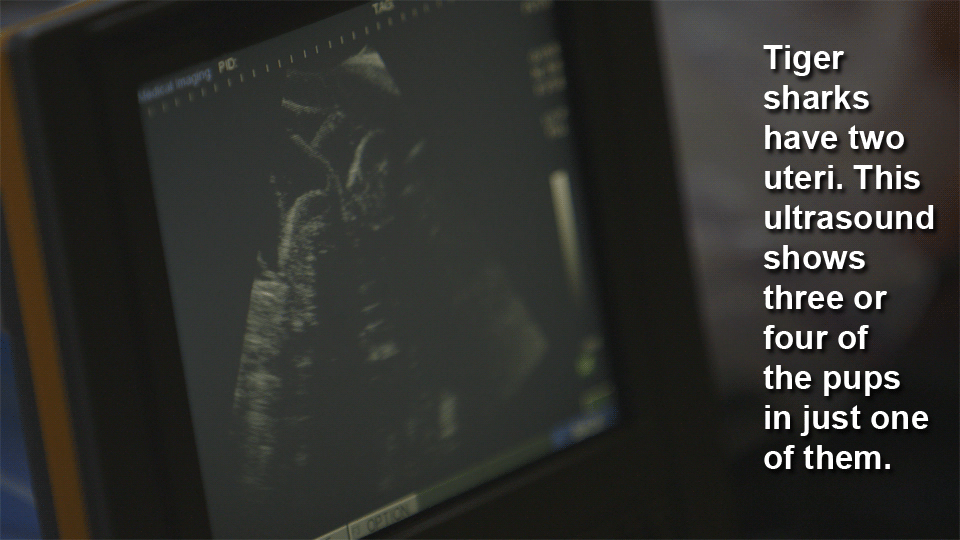Contributor Phil Torres spent five days in the Bahamas with a team of research scientists studying tiger sharks—an apex predator whose survival has a profound impact on other species in the sea. The warm waters where they track these sharks appear to be a good habitat for females to spend their 10- to 15-month gestational period. Using veterinary ultrasounds, they can determine—in real time—whether a shark is pregnant and, if so, how far along.
Here's how it works.

Watch “TechKnow” Saturdays at 7:30 p.m. ET/4:30 p.m. PT.
Error
Sorry, your comment was not saved due to a technical problem. Please try again later or using a different browser.